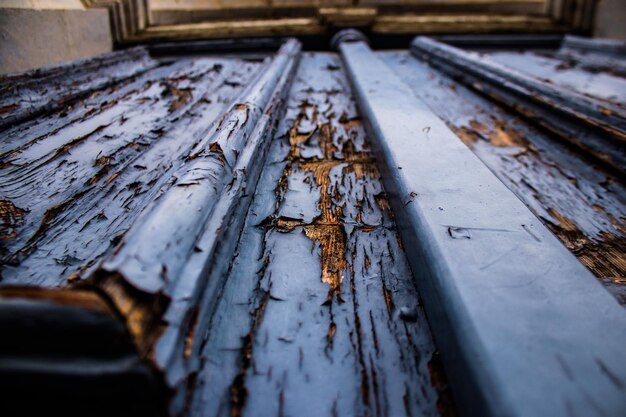What Hail Damage Looks Like on Your Roof—and What You Can Do About It
Imagine a quiet evening, suddenly disrupted by the resounding clatter of hailstones assaulting your roof. Once the storm relents, assessing the condition of your roof becomes crucial. Hail can leave behind a variety of signs, each requiring keen observation to identify properly.
Identifying Hail Damage on Your Roof
Dents and Dings: The most obvious signs of hail damage are visible dents on the roof, especially if your covering is made of softer materials like asphalt shingles. These depressions may vary in size depending on the hail's diameter.
Granule Loss: For asphalt shingles, granule loss is another telltale sign. This often appears as bare patches or spots where the granules have been knocked off, exposing the underlying asphalt. You might even notice granules collecting in gutters or downspouts.
Cracks and Splits: Large hailstones can cause cracks or splits in shingles, which might lead to tearing. These splits can become entry points for leaks, jeopardizing the roof's integrity.
Exposed Mat: When hail impacts are severe, the shingle mat may be exposed. The mat becomes visible when granules and asphalt layer are stripped away, indicating significant damage.
Bruising: Run your hand across the shingles to feel for soft spots or bruises. These are areas where the hail has softened the shingle but may not be visibly obvious.
Recognizing these signs early can prevent further structural issues and water damage. However, not all damage is easily visible from the ground. Should you suspect significant damage, contacting a professional roofing contractor for a thorough inspection is wise.
From Hail Damage to Financial Solutions
Once you've determined the extent of hail damage on your roof, the next step is addressing repair costs. This is where exploring financial assistance options can ease the burden.
Homeowners Insurance: Most insurance policies cover hail damage. Review your policy to understand your coverage limits and the claims process. Supporting your claim with images and an inspection report strengthens your case.
Government Aid Programs: In some instances, federal or state programs offer financial help to address storm-related damage. Consider contacting local agencies to inquire about available support.
Home Loan Forgiveness Programs: If repair costs are overwhelming, some banking institutions offer modification programs, easing repayment terms.
Financial and Educational Resources to Explore
To support your journey through repair and recovery, here are some helpful resources:
🏠 Homeowners Insurance Claims: Begin by contacting your insurance provider to understand the specifics of your coverage.
🛠️ Local Government Programs: Check local resources for any disaster relief aid specifically targeting storm damage.
💳 Credit Card Solutions: Consider cards offering low-interest rates or rewards for home improvement purchases if immediate funds are needed.
📚 Educational Grants & Resources: If further education on home repair management is desired, look for local workshops or online courses to build confidence in tackling future home maintenance challenges.
Efficiently identifying hail damage and knowing your financial options ensures you not only restore your home but safeguard it against future storms. By acting promptly, you can maintain the structural integrity of your roof and ease potential financial strain.
